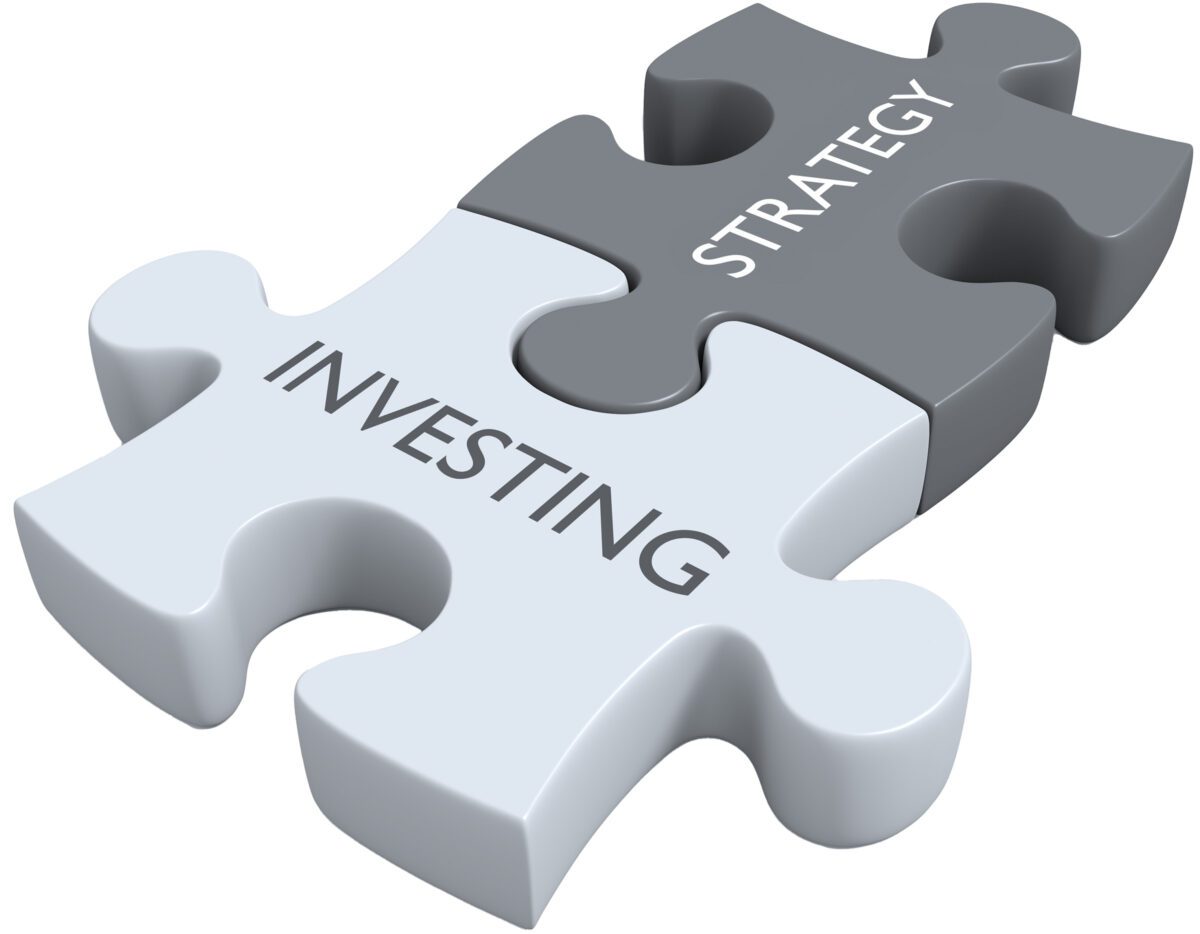When it comes to getting your financial house in order, there are many aspects to consider. Budgeting and taxes come to mind, as well as topics such as insurance, savings and spending. But one subject should top the list of important financial considerations: investing for your future.
Truths vs. Myths: Investing
When it comes to investing, many people get confused or overwhelmed purely because they believe one or more pervasive myths. We dive into a few and explain why they’re just that: myths!
Many people have the idea that all investing opportunities are too full of risk to be valuable. Kirk Israel, senior client advisor with Arvest Wealth Management, confirms that all investments do have some risk, but the key is to understand how much or how little risk is appropriate for each investor.
“[The important thing is] understanding the risk that you’re taking, whether it be very conservative or more aggressive,” he says.
Another related idea is that money is always safer in a savings account instead of in any kind of investment. But the fallacy here involves the idea that money in a savings account, earning a low rate of return, may not keep up with inflation. So, while the total in a savings account does not go down over time, the amount you can buy with that money does.
“Over a longer period of time, five- to ten-year range, inflation will be higher than the return you’ve been able to get in a savings account,” explains Israel. “So your ability to be able to buy a hamburger is slowly eroded, where other investments give us a better opportunity to keep up or even outpace inflation.”

Some people may have overcome the idea that investing is too risky, but believe it to be complicated and overwhelming.
Fidelity Investments, a financial services corporation with offices in Oklahoma, offers this advice in an online article about investing myths:
“Investing can be really complicated. But it’s only as complicated as you want to make it.” The article suggests utilizing diversification options such as mutual funds or exchange-traded funds, or even target date funds to accomplish investment goals with a minimum of personal time or expertise needed.
“Both types of funds offer a professionally managed, diversified mix of investments based on your goals and financial situation but target date funds gradually shift to a more conservative mix over time,” says the article.
Another notion that many people have about investing is that they need a lot of money to get started. Israel debunks this myth by encouraging people to start with what they have now.
“A five percent return on five dollars doesn’t seem as much as a five percent return on $100,000, but it’s still the same percent return,” he says. “Don’t worry about having a significant amount of capital to get started, it just takes time and consistently putting money into the account.”
Similarly, many may believe they need to wait for a particular time to invest – a time when all the conditions are just right. Israel contends that there is a right time to invest – and that time is now.
“There’s always going to be an economy to worry about or an election to worry about or any number of other things that can keep you from not wanting to put money into the market, but the best time to invest truly is now, especially when you’re younger and have a longer time horizon,” he says.
How Investing Changes as You Age
Now that some of the myths around investing have been cleared up, one real consideration investors should take into account is how their plans should, and will, change as they age.
In an article about investing at every age on Investment information site Investopedia, Zina Kumok – a freelance finance writer – says that “investing for retirement is important at any age, but the same strategy should not be used for every stage of your life.”
The article outlines a simple strategy that should be used as a very rough guideline.
Your 20s, Kumok says, is the time to get started on retirement planning. This is the decade when investors likely have the most time to allow investments to grow. Kumok recommends spending the next decade with a career focus and maxing out your retirement contributions.
As workers get into their 40s, it’s time to make sure they are on track for retirement investments. Kumok recommends buckling down now if you haven’t saved yet or work on building that portfolio if you are already on track.
As retirement nears in the 50s and 60s, it’s time for more conservative investments, as there’s less time for down-turns to self-correct. For those who may need to catch up on retirement savings, the IRS allows for more income to go into investment accounts, according to Kumok.
Once you get into retirement in your 70s, 80s and beyond, the focus should go from growth to maintaining income from your investments.
“When you’re young, your goal is about growth of capital, growth of your investments,” agrees Israel. “When you are near retirement, it becomes about preserving and keeping your investment.”
Israel further explains that typically, the five years before your retirement date and the five years after are an important time to re-evaluate goals. Investors may need to shift from a growth mindset to how their investments can provide an income in retirement, or how they can continue to increase wealth to leave a legacy for the future.
Goals: What to Strive For
While it may be tempting to want to grow all your savings through high-yield investments, it is important to have a plan for when you will need the money. Money that needs to be available quickly – or that you are planning to use in the near future – should not be put into the stock market.
“House money and emergency savings money is not investment money,” advises Israel. “Whenever an emergency happens, it often times will happen when the stock market is also down, so your account value is down. So we don’t want you to be drawing on your investments for an emergency.”
Israel explains that because the stock market can be volatile from one year to the next, it is important not to invest money that you plan to use within the next five years or so.
But, he says, for money that can stay invested for longer than that, a lot of the bumps in the market get smoothed out and it becomes more likely that your money will grow over that time.
While some long-term goals such as college tuition for children or grandchildren, starting a business, or starting a family may make sense for investing, Israel emphasizes the importance of making sure your retirement savings is taken care of before saving for some of these other important goals.
Making a Plan: Where to Start

When you are ready to get started in the investing world, a good place to begin is simply checking with your employer. Many employers offer retirement savings products such as a 401K or 403B, and some even offer matching contributions. So, for example, if you contribute five percent of your income, the company will match that amount into your retirement savings.
“Check your company to see if they have a retirement match, and if they have that, go after that money and take advantage there,” says Israel. “If they’re offering a five percent match, take advantage of that five percent match and put your percent in, and then work to increase your contribution every year.”
There are other options for retirement savings, such as an IRA or Roth IRA if your employer does not offer a savings plan or you are self-employed.
Israel recommends starting your stock investment journey with mutual funds or exchange traded funds, called ETFs, which are groups of stocks. This allows for diversification of your portfolio which reduces risk.
“There’s additional risk whenever you only buy [stock from] one individual company [because] it could go up significantly, but it can also go down. That’s usually where a lot of the risk happens, so we like diversification,” he says.
There are many online calculators to help you assess your risk tolerance or even help you determine how much you need to save for retirement. But always consult a professional to determine what’s best for your individual situation. Israel recommends reaching out to your bank to get connected with a financial advisor who can help.
What it Takes to be a Financial Advisor
A financial advisor is an important part of getting started on your investment journey. When asked what it takes to be a financial advisor, Israel mentions that most firms will require a bachelor’s degree, but not necessarily in finance. Once an advisor has completed their basic licensure, there are many different designations and credentials they can pursue to further their education and to specialize in specific areas. But one area of expertise stands out. Financial advisors need to be good with numbers, of course, but more importantly, with people.
“Being able to work with people is why I show up every day,” says Israel. He describes how he gets to build relationships with people as he helps them with their financial goals. He gets to celebrate with them, as well as grieve with them. “They become part of your family and you become part of theirs,” he says.






















